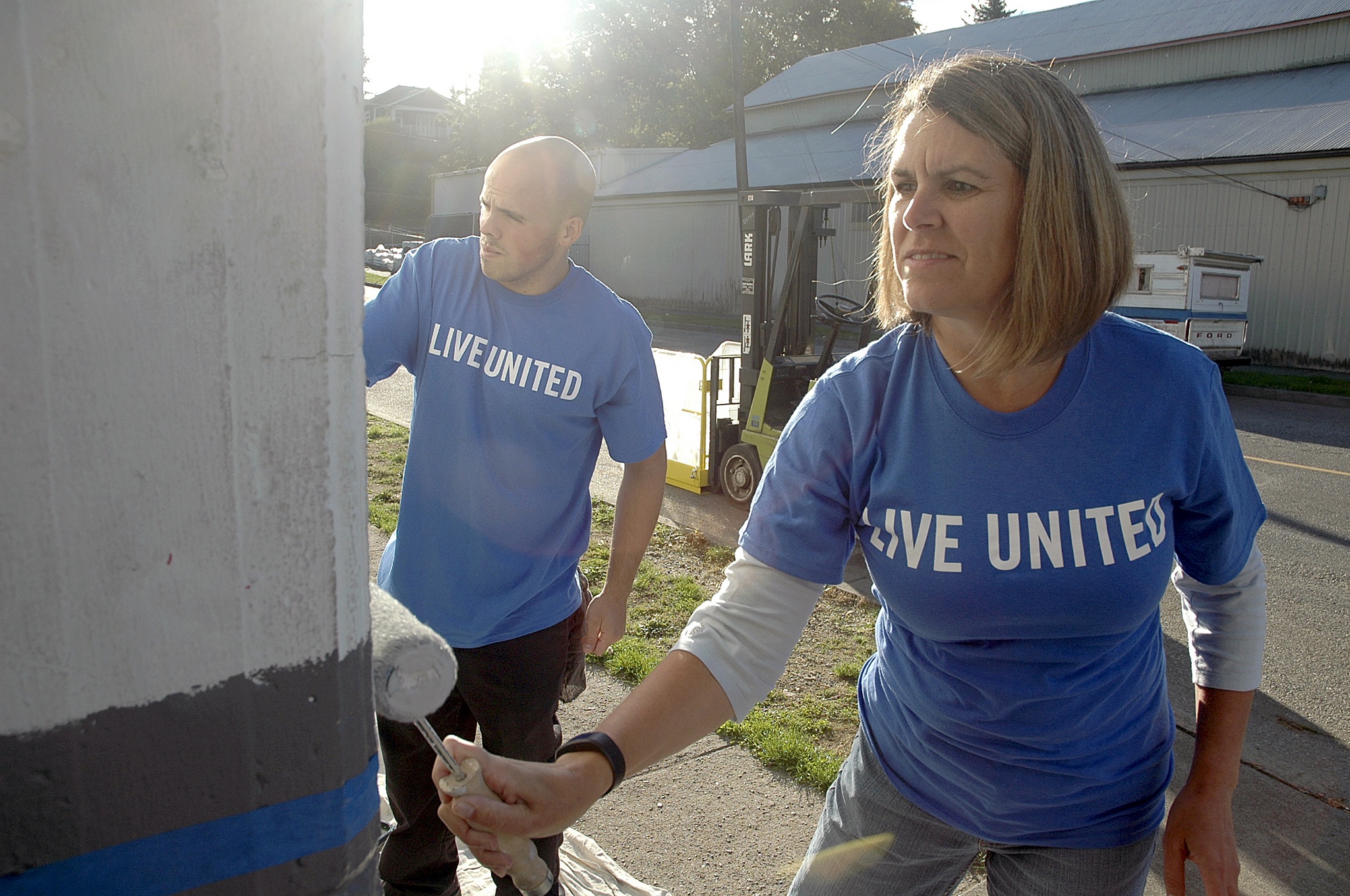ARLINGTON — An Arlington police officer and a Snohomish County councilman who hails from the town recounted their personal experiences with opioids at a community forum this week.
Arlington Police Sgt. Rory Bolter has seen heroin use grow by leaps and bounds since he served on the Snohomish Regional Drug Task Force a decade ago, ever since changes to the chemistry, sale and online tracking of the legal drugs used to make methamphetamine have made heroin cheaper and easier to obtain.
Bolter asserted that the cartels understood that the over-prescription of those medicines would create a demand that heroin would fill, once meth became harder to come by.
“We’re not going to arrest our way out of this issue,” Bolter said.
County Councilman Ken Klein recalled being prescribed Oxycontin due to a recreational injury in 2002, six years before its formula changed, and attested to how hard the symptoms of withdrawal can hit.
“I was prescribed three pills a day, but they didn’t feel like they were doing anything for me,” Klein said. “When I stopped taking them, though, I went into the biggest depression of my life. My family and friends saved me from going down a much darker path. There are a lot of people who fall into addictions and don’t have those support networks. We have to be there for them.”
Both spoke at a Sept. 27 community forum on opioids and heroin. Attendees also got a hands-on look at the drug that’s been effective in reversing opioid overdoses.
Bolter identified homelessness and mental illness as equally important issues linked to opioid abuse. That’s why he supports programs ranging from the Arlington Drug Awareness Coalition to the Arlington Community Resource Center, because “jails can’t take on these people, and more treatment options need to be available.”
Rather than judging addicts or their families, which he sees as counterproductive, Bolter called for a greater understanding of the causes of addiction.
“If you’re the parent of an addict, stop beating yourself up,” Bolter said. “We don’t kick patients out of hospitals for having breast cancer, and that’s what addiction is — a disease.”
Bolter has become so “humbled” by the scope of this problem over the years that, even though he’d never imagined he’d have a social worker riding along with him on patrols, he welcomes their presence in his patrol car now, along with the Naloxone medication that’s now used to treat opioid overdoses.
Cleo Harris, of Snohomish County Human Services, showed attendees how to assemble the delivery mechanism for Naloxone, in addition to showing them its pre-assembled brand name version, Narcan.
Harris said Naloxone displaces the opiate molecule from the receptors in the brain to which it bonds. “When all those receptors are filled, the body stops breathing,” Harris said. “The only thing Naloxone does is kick that opiate molecule off those receptors. If you are suffering from any other condition, it will not do you any harm. You can even give someone a second shot of Naloxone if the first one doesn’t work, because again, that’s all it does.”
The only risk Harris warned about is that overdose victims could regain consciousness violently.
“Opiates reduce pain, lowering your energy levels and giving you a sense of euphoria, so you could wake up fast and angry with a shot of Naloxone, because it undoes your overdose by putting you into an automatic state of withdrawal,” Harris said. “The person you’re treating probably won’t like you or be happy to be coming back.”
Because an overdose victim can relapse into that overdose state, if enough opiate molecules remain in their system, Harris advised that the first thing you should do is call 911, and that you should be ready to administer another dose if the person falls unconscious again.
Harris said, “The Good Samaritan law even specifically recognizes Naloxone.”
A dose of Naloxone should work within five minutes and last at least 20 minutes. Generic Naloxone can cost as much as $120, while the nasally administered Narcan can cost up to $165, although your health insurance might cover that.
“Technically, you need a prescription to use Naloxone,” Harris said. “But if you walk into a pharmacy that carries it, your prescription is already waiting.”
For a list of participating pharmacies near you, visit stopoverdose.org.







